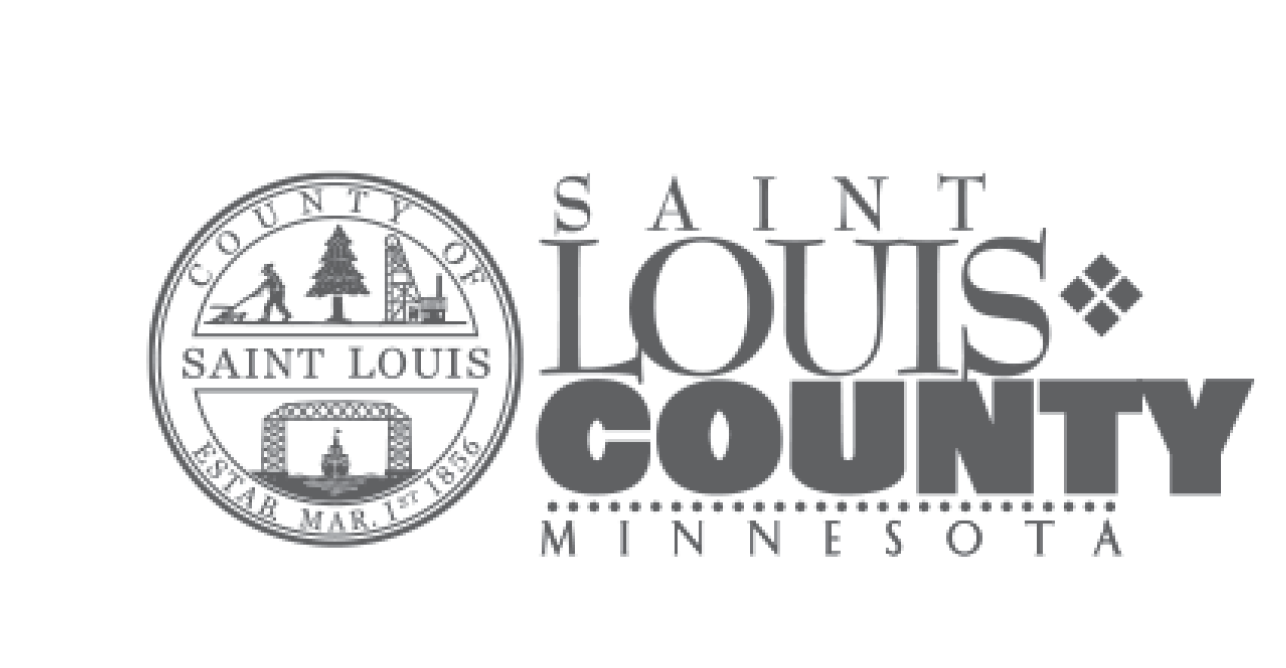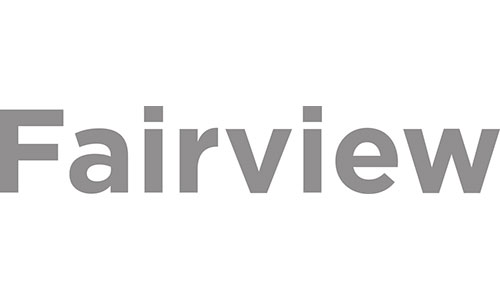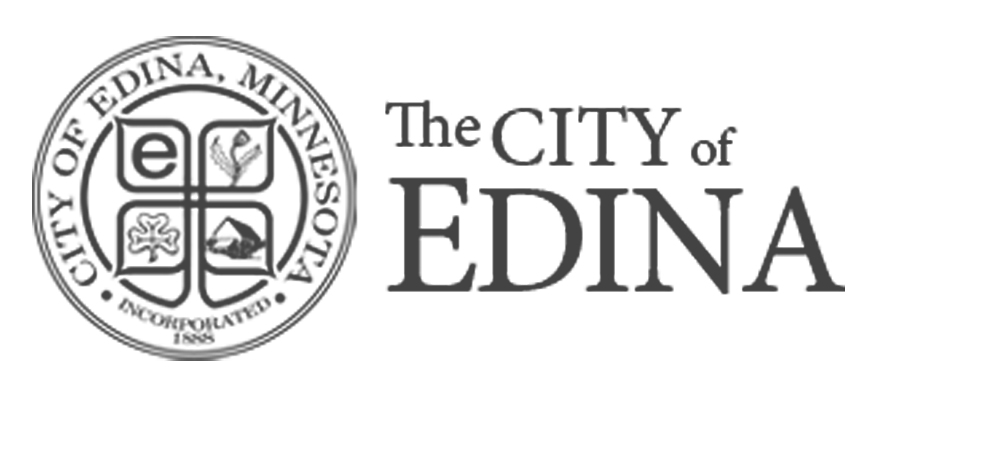Logos.
Do you have any idea how much work goes into making one little symbol? Just think about how much your business relies on nurturing one, tiny icon that is supposed to be the visual representation of your business. If used well, your target audience will be able to make a visual connection between your logo and your organization instantly. But, how does that work exactly? What is it that makes a logo so powerful?

Where your logo fits
There is often a great deal of misconception surrounding what a logo is and what it isn’t and where it fits into that crazy thing called a “brand.” So, we’ve decided to break the terms down:
- Logo: the primary visual symbol of your company
- Brand identity: alongside your logo, these are the consistent elements used to communicate to your audience (colors, fonts, photography, music, the voice or tone your company uses, etc.)
- Branding: the efforts done to help tell your company’s story
- Brand: the perception the public has of your company
A logo is a piece of your brand identity, which is used as part of your branding efforts to enhance the greater brand. Got it?
For those of you who are more visual learners, here’s a graphic:

What is a logo?
Logos are, essentially, your visual first impression. Logos are symbols or marks used to recognize businesses, organizations, or groups. Pretty straight forward, right? Even though this tiny symbol may seem like a small component to your identity, you’ll soon see why it’s the most important.
How do you get people to connect a logo with your company?
As a design and marketing agency who has made our fair share of logos, we understand that a target audience demands A LOT from a company’s logo and getting them to build a relationship with a logo is no simple feat. After all, your logo will be attached to everything. This means that maintaining consistency is KEY and a high-quality logo is a must.
A logo’s design should fall into context with other parts of your identity—plainly put, the pieces of your identity should all fit together. Think about what position you are in within the market and where you want to be. You have to consider what you need from a logo, but more importantly, what do your consumers need from you? Again, your logo is the most important visual component to your brand identity. Does it align with the perception your customers have of you? Time to do some digging and find out.
The benefits of working with a professional designer
A good designer will strive to educate their clients on all levels of their company’s brand and help them maintain consistency in branding. This stresses the importance of a solid logo design—because an investment in your logo is an investment in your company. Sure, you could have your cousin’s, best friend’s, ex-boyfriend throw together a logo design, but a professional designer has extensive knowledge of design software, they know the proper file types and when to use them (nothing is more frustrating for clients than not having the proper file type for their logo—trust us), and they have experience working with their clients so they know how to best capture the essence of their brand.
What’s more, designers understand design principles, color theory, and typography while understanding how to elicit certain feelings you want your logo, and ultimately, brand, to convey. At the end of the day, your logo should be able to provide a sense of your brand and enhance your audience’s perception of you.
Moral of the story, don’t skimp on your logo.
Recap
- Logo: the primary visual symbol of your company
- A logo’s design should fall into context with other parts of your identity—plainly put, the pieces of your identity should all fit together
- It pays to work with a professional designer if you are creating a logo
- DON’T skip on your logo
{{cta(’41d2d6e7-ba9a-47f0-813a-0055e698ba9e’)}}



